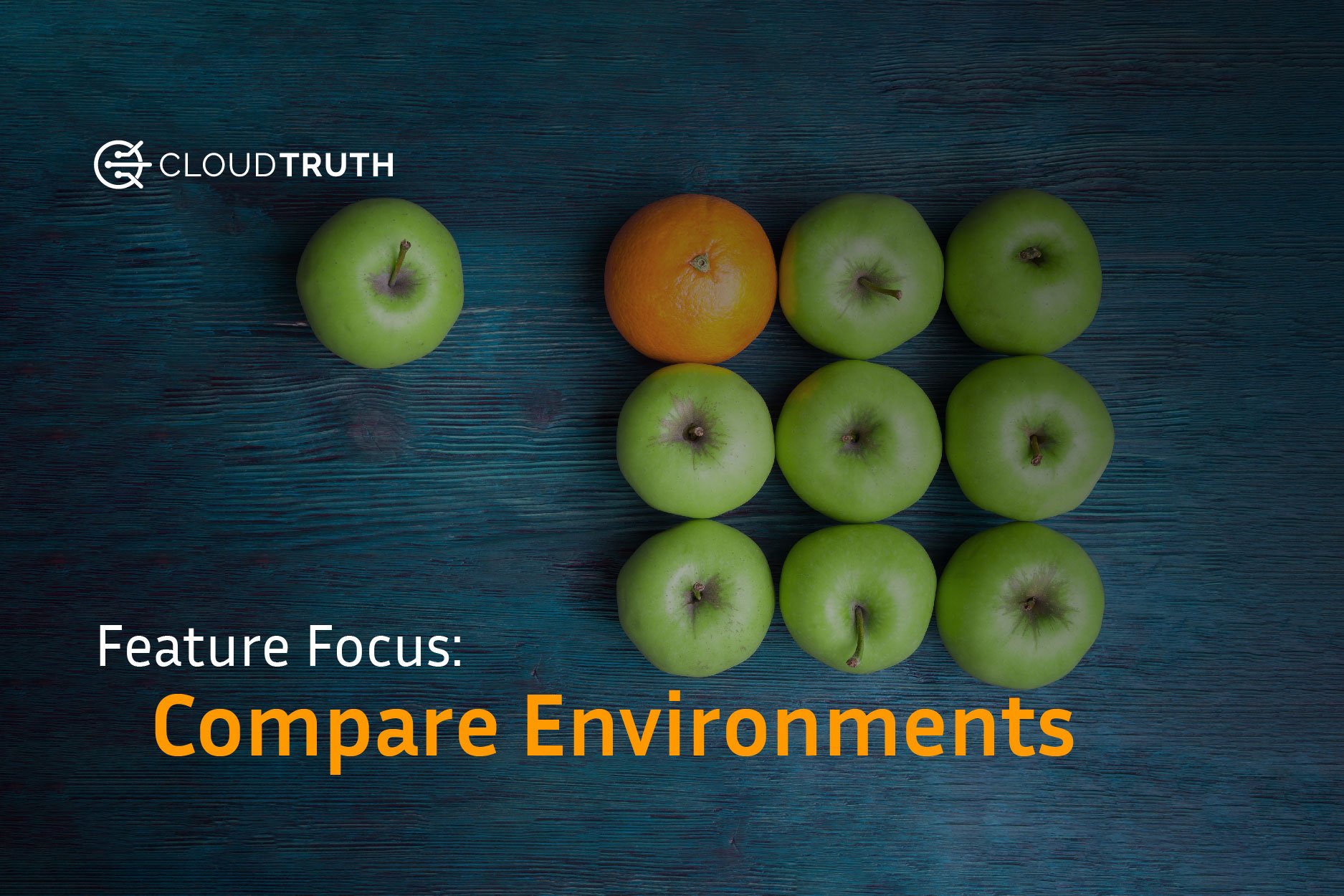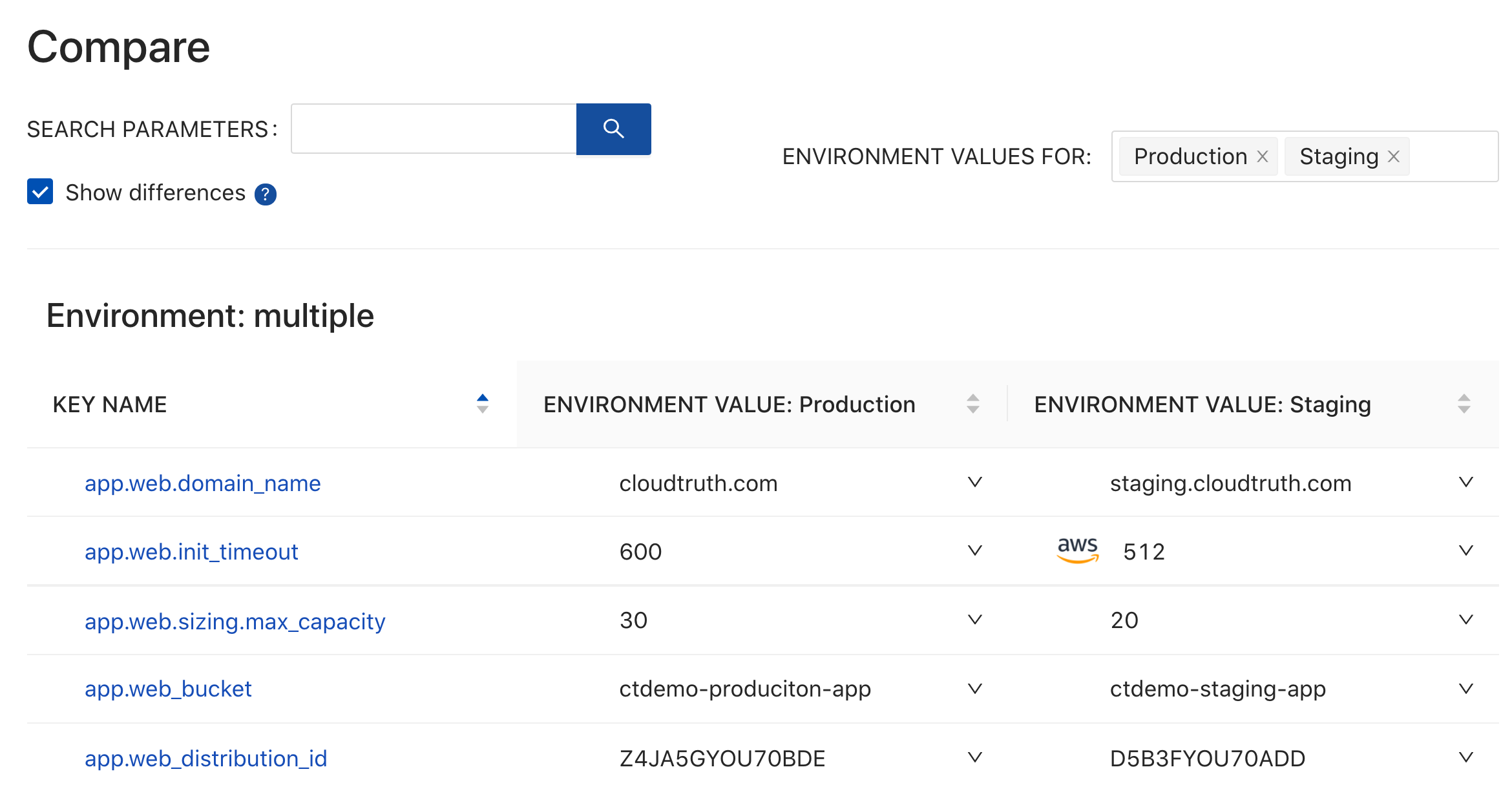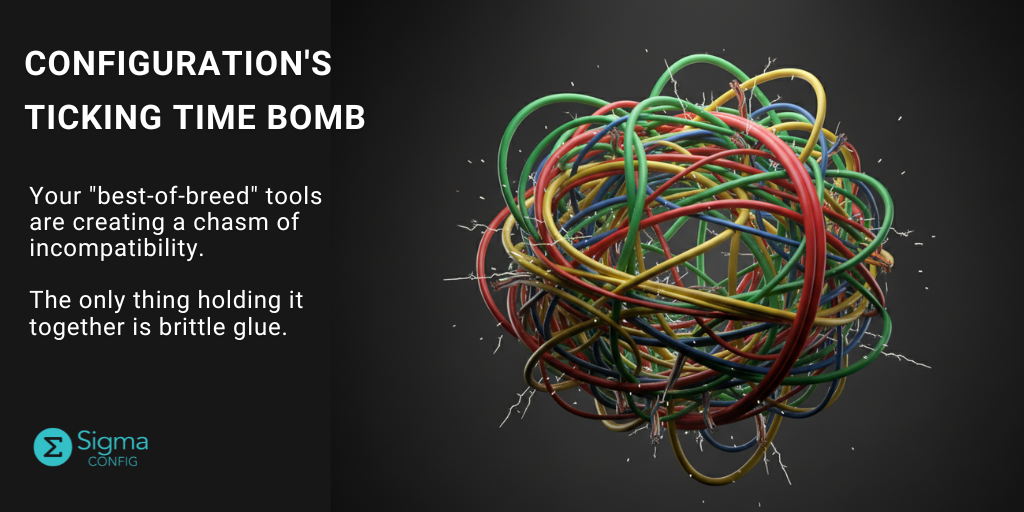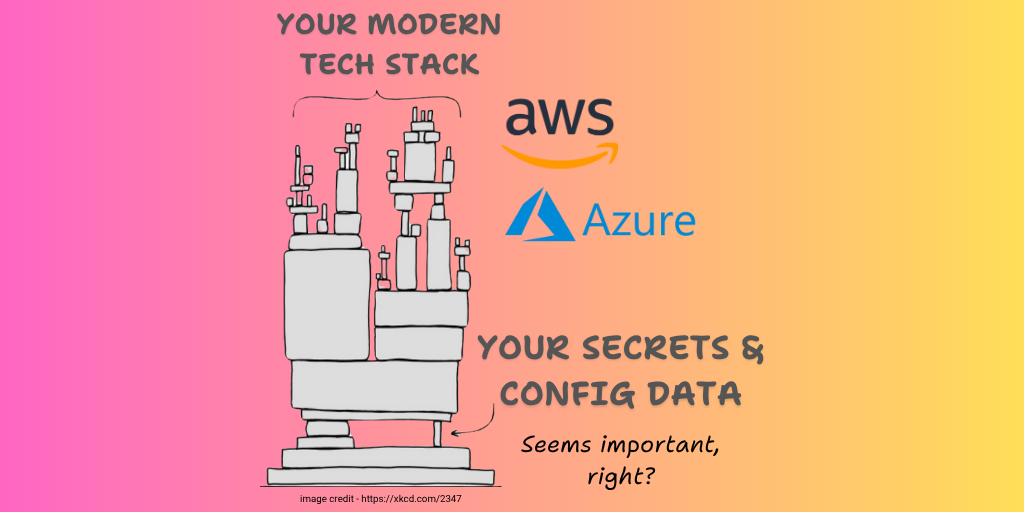
What is Environment Comparison?
Comparing environments for infrastructure and application configuration differences is hard. This is because as cloud usage has evolved, configuration data is sprawled across multiple clouds, parameter stores, secret stores, Git repos, and teams.
It’s staggering to think about how many times this situation occurs every day in our industry: The new feature you’re trying to deploy works great in staging but not in production. And the hunt begins for what could be different between the two environments. Nearly 75% of outages and security incidents are caused by misconfiguration, which is why cloud operations teams need an easy way to compare environments.
Compounding the problem is the fast rise of Kubernetes and Gitops style workflows, which adds new dimensions to configuration complexity.
Why is it useful?
To answer the simple question “What’s different between staging and production?” requires a convoluted set of steps including:
• Manually compare environments (for example staging and production) ConfigMap YAML files.
• Use “git diff” to compare two branches or repos.
• Surf Slack history or ask teammates if they recall any changes.
CloudTruth has a better idea. With a couple of mouse clicks or single CLI command, it’s easy to compare environments side-by-side, identify the differences, and solve problems faster.
CloudTruth integrates with existing configuration data sources including AWS Secret Manager, Parameter Store, S3, and GitHub.
CloudTruth is the antidote to configuration sprawl. Give it a free trial and see for yourself.
Below is the CloudTruth environment comparison feature. This feature builds upon the configuration data hub core and makes it easy to spot critical differences between staging and production that (without CloudTruth) could take hours to uncover. For this example, application configuration settings for production and staging are compared side-by-side.

Join ‘The Pipeline’
Our bite-sized newsletter with DevSecOps industry tips and security alerts to increase pipeline velocity and system security.


